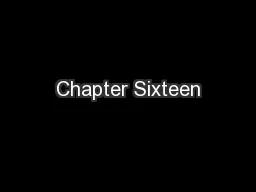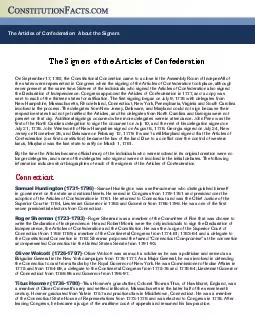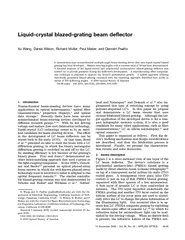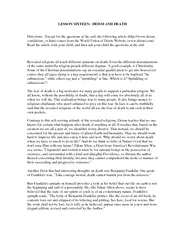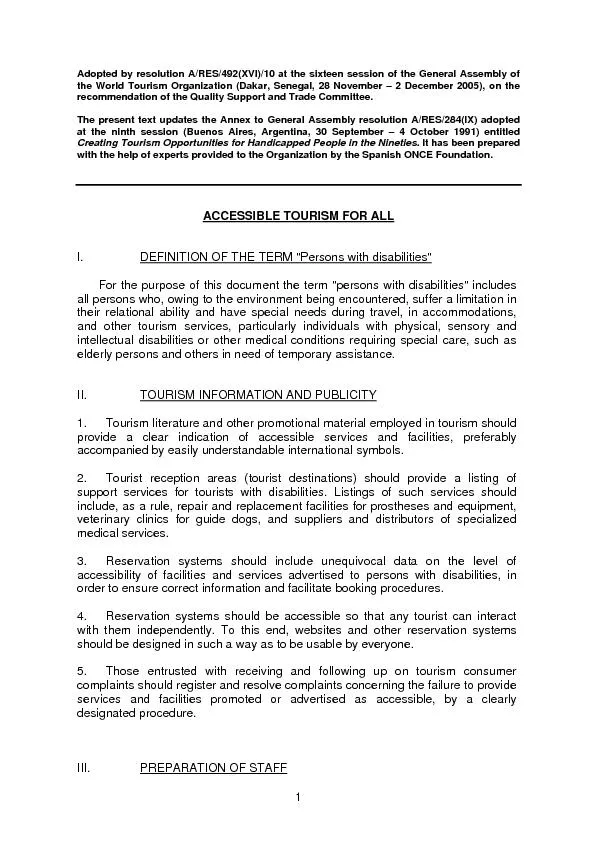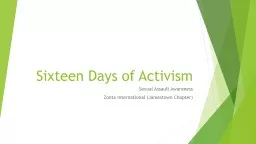PPT-Chapter Sixteen
Author : kittie-lecroy | Published Date : 2016-10-10
The Development of Criminals LifeCourse Theories Lilly Cullen Ball Criminological Theory Sixth Edition 2015 SAGE Publications Introduction The agecrime curve The
Presentation Embed Code
Download Presentation
Download Presentation The PPT/PDF document "Chapter Sixteen" is the property of its rightful owner. Permission is granted to download and print the materials on this website for personal, non-commercial use only, and to display it on your personal computer provided you do not modify the materials and that you retain all copyright notices contained in the materials. By downloading content from our website, you accept the terms of this agreement.
Chapter Sixteen: Transcript
Download Rules Of Document
"Chapter Sixteen"The content belongs to its owner. You may download and print it for personal use, without modification, and keep all copyright notices. By downloading, you agree to these terms.
Related Documents

